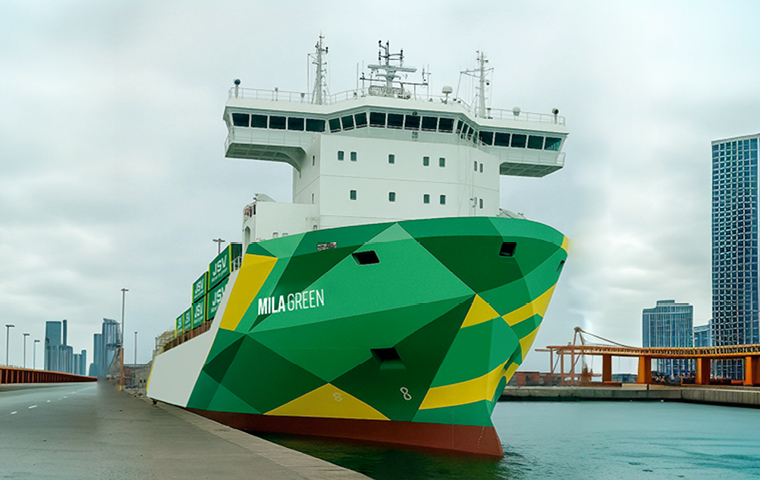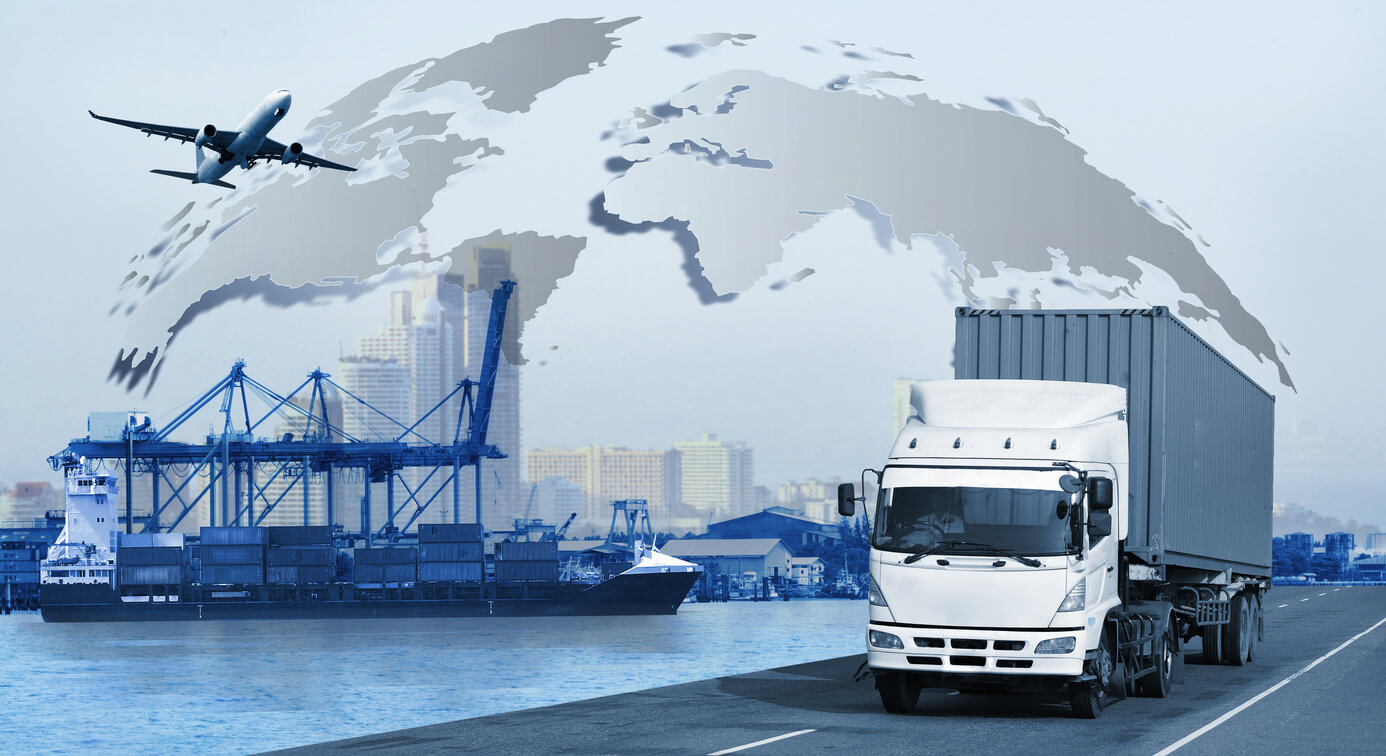
JSV Group acquires its second next-generation, low-emission vessel
JSV Group acquires its second next-generation, low-emission vessel

Multimodal transportation refers to the logistics practice of moving goods using multiple modes of transportation under a single contract.
This integration can include road, rail, sea, air, or river transport. Today, it is essential in international logistics due to its efficiency. It allows for the combination of different modes of transport , providing flexibility and adaptability to logistics needs. It also contributes to cost reduction and facilitates merchandise tracking.
Multimodal transport has become essential in international logistics, integrating various modes of transport under a single contract, adapting to the needs of the global market.
Multimodal transport involves combining different modes of transport, such as road, rail, sea, air, or river, to transport goods.
This practice is carried out under a single transportation contract, which optimizes efficiency and speed of delivery.
Multimodal transport plays a crucial role in the global supply chain . It enables smoother integration between different modes of transport, improving efficiency and operational agility.
Efficient coordination and management in multimodal transport are essential to minimizing time and costs.
Fleet management and the use of advanced technology allow for precise monitoring of cargo, ensuring its safety and optimizing resources.
Multimodal transport is characterized by the integrated use of various modes of transport to optimize logistics. The main means used are detailed here.
| Mode of transport | Description | Advantages |
|---|---|---|
| Road transport | It is essential in multimodal transport due to its ability to offer flexibility and geographic coverage. | High flexibility, door-to-door access, territorial coverage. |
| Role of trucks in multimodal transport | They transport goods to and from distribution centers and other modes of transportation such as ports and train stations. | Complements other modes, ideal for first and last sections. |
| Rail transport | Efficient option for moving large volumes over long distances. | Low cost per ton, lower environmental impact, ideal for heavy loads. |
| Maritime transport | Essential for international trade, especially for heavy and large-scale goods. | High load capacity, competitive cost for long distances. |
| Large port terminals | They act as transshipment points between maritime transport and other modes. | They facilitate intermodality and optimize logistics flow. |
| Air transport | Used for fast shipping of high-value or urgent goods. | High speed, ideal for express deliveries or perishable products. |
| River transport | Key in areas with river and canal networks, using barges and boats. | Low cost, energy efficiency, ideal for non-urgent heavy loads. |
Multimodal transport is distinguished by certain characteristics that allow for more efficient and secure logistics. These characteristics facilitate the integration of different modes of transport under a single system.
One of the essential characteristics of multimodal transport is the use of a single transport contract.
This contract covers the entire journey of the merchandise, regardless of the modes of transport used.
This simplifies document management and reduces administrative procedures, allowing for greater efficiency in logistics.
Multimodal transport allows for the combination of different modes of transport, such as road, rail, sea, air, and river.
This coordination between modes facilitates the transport of goods more efficiently and quickly, adapting to different logistical needs.
This type of transport is characterized by its flexibility and adaptability. Routes, modes, and transportation times can be adjusted according to the specific needs of each shipment, making it a versatile option for businesses.
Multimodal transport is also notable for its high levels of safety. The use of standard containers and Intermodal Transport Units (ITUs) minimizes the risk of loss and damage.
Furthermore, the ability to continuously track merchandise using advanced technology contributes to the protection and monitoring of cargo throughout the entire process.
Intermodal and multimodal transport are related concepts, but they differ in their implementation and characteristics.
| Category | Content |
|---|---|
| Advantages of intermodal transport |
|
| Advantages of multimodal transport |
|
| Advantages and disadvantages in comparison |
|
Multimodal transport offers several advantages to the logistics chain, optimizing both operations and available resources.
The main benefits are detailed below.
The efficient use of various modes of transport allows for minimizing operating costs.
The optimal combination of transport modes reduces fuel consumption and maximizes load capacity, achieving a significant reduction in logistics costs.
Multimodal transport facilitates faster and more efficient delivery of goods.
The integration of different modes of transportation improves transit times and streamlines the delivery process, optimizing the deadlines agreed upon with customers.
Technological tools allow for constant monitoring of the load in real time.
Communication between the various logistics operators is better coordinated, offering detailed and accurate tracking of merchandise.
Multimodal transport provides a safer environment for goods. The use of Intermodal Transport Units (ITUs) and containers protects products throughout the entire process, minimizing the risk of loss and damage.

JSV Group acquires its second next-generation, low-emission vessel

This container offers every advantage: high capacity and excellent maneuverability.